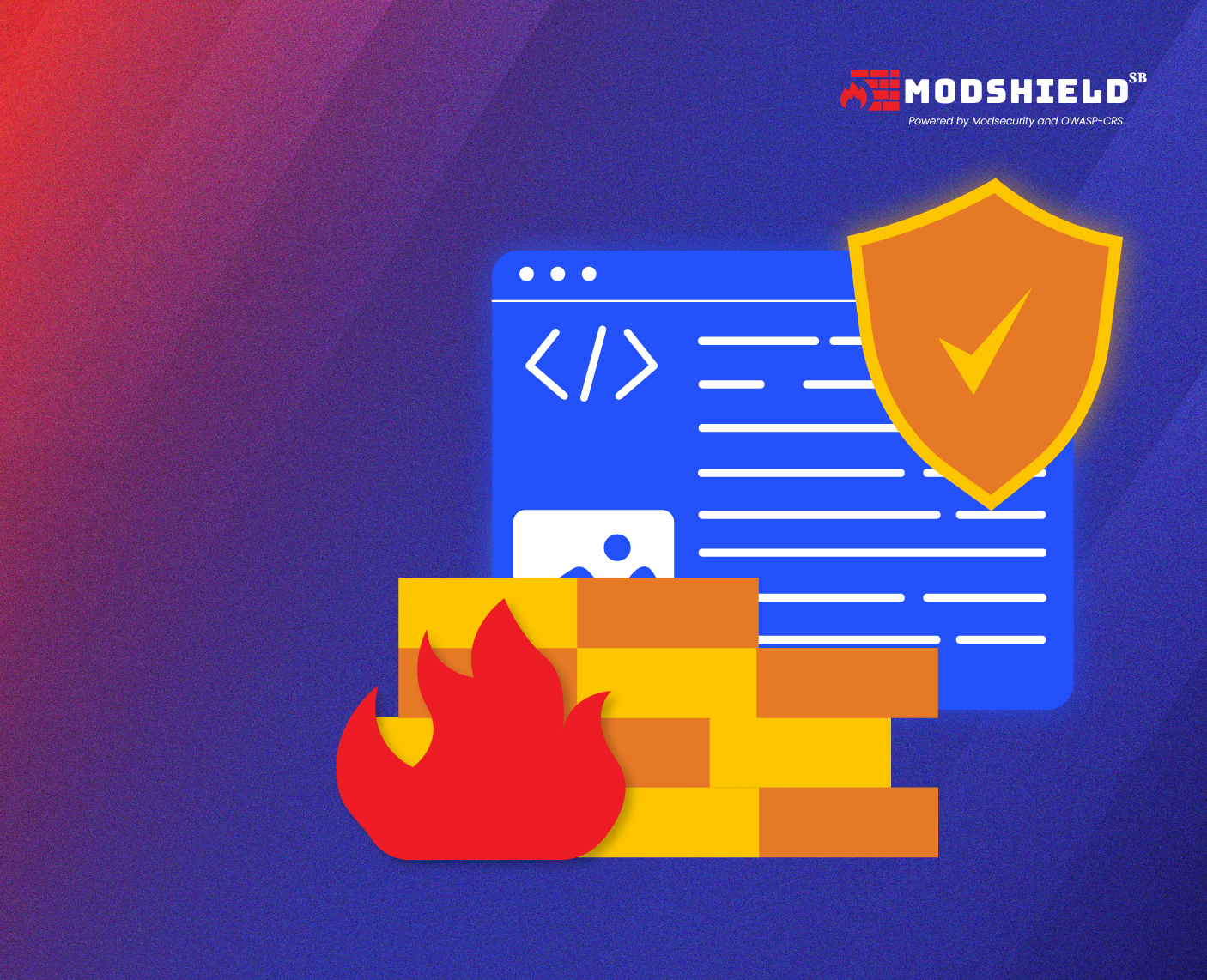
WAF and firewall play a critical role in network security. Regardless of the network size, implementing both is essential to provide complete security for users and the entire network. It is expected to confuse firewalls and WAFs as one, but they are two completely different security systems. This blog will help shed light on the differences between WAF and firewall.
What is a Firewall?
A firewall is a crucial network security hardware or software responsible for monitoring and controlling incoming and outgoing network traffic as per predefined security rules. Its primary function is to act as a barrier between a trusted internal network and untrusted external networks, for example, the internet. It prevents unauthorised access while allowing legitimate communication to pass through. This way, a firewall helps safeguard the network’s integrity by blocking harmful traffic and keeping the network secure.
A firewall works on the network and transport layers of the OSI model and operates between the user and the internet by filtering the traffic that seeks to gain unauthorised access to the system.
Working of a Firewall
Step 1: Data arrives at the firewall and is captured and queued for processing. The firewall then inspects the data packet’s header, which contains information such as the source and destination IP addresses, port numbers, and protocol type.
Step 2: The firewall compares the header information against its predefined security rules, which specify criteria for allowing or denying packets. Based on the rule match, the firewall decides whether to allow, deny, or continue inspecting the packet.
Step 3: If the packet is allowed, it is forwarded to its intended destination. If denied, it is either discarded or logged for further analysis. Some firewalls may perform deep packet inspection, which examines the contents of the data packet to identify malicious patterns or signatures for more control.
Step 4: Firewalls typically log all traffic passing through them, allowing security administrators to monitor network activity and identify potential threats.
What is a WAF?
A Web Application Firewall (WAF) is a specialized type of firewall application that provides explicit protection for web applications against attacks that target the application layer (Layer 7) of the Open Systems Interconnection (OSI) model. Unlike traditional firewalls operating at lower network stack layers, WAFs are specifically designed to analyze and filter Hypertext Transfer Protocol (HTTP) traffic, the language used to communicate between web servers and web browsers.
A WAF inspects HTTP requests and responses, looking for patterns and signatures that indicate malicious activity. They can block a wide range of attacks, including SQL injection, Cross-site scripting, DDoS attacks, Cross-site request forgery and parameter tampering.
Working of a WAF
Step 1: When HTTP traffic reaches the Web Application Firewall (WAF), it is intercepted and captured for analysis. The WAF then carefully inspects the HTTP request, including headers, parameters, and payload, searching for patterns and signatures that may indicate malicious activity.
Step 2: The WAF compares the request against an extensive database of known attack signatures and patterns. If a match is found, the request is flagged as potentially harmful. Additionally, the WAF evaluates the request against predefined rules that define acceptable web application behavior. This involves checking parameters, values, and request methods.
Step 3: Based on the outcome of the signature matching and rule-based analysis, the WAF enforces its security policies. If the request is deemed malicious, it is blocked or redirected, preventing it from reaching the web application.
Step 4: The WAF also monitors the HTTP response from the web application to ensure that it adheres to expected behavior. If any anomalies are detected, further investigation may be triggered.
Step 5: For security analysis and incident response, the WAF maintains detailed traffic logs that include blocked requests, identified threats, and suspicious activity. These logs provide valuable insights.
Conclusion
A WAF is crucial for any business that handles sensitive customer data. It prevents harmful and disruptive forces from entering and controls incoming and outgoing traffic based on customizable security parameters.
A WAF operates using a set of rulesets, with the OWASP Top 10 ModSecurity rulesets being the most commonly used across all WAFs. Modshield SB by StrongBox IT is built on the foundation of the core ModSecurity rulesets, which can help prevent vulnerabilities during an attack.
Modshield SB WAF defends against a wide range of web-based attacks that target cloud and web applications. It scans inbound and outbound traffic, protecting users from attacks.
Key features of Modshield SB
-
Inbuilt Load balancer
-
Data Leakage Protection
-
Unlimited domain support with zero additional costs
-
Unlimited custom ruleset.
We would be happy to schedule a call and discuss how StrongBox IT can enhance your organization’s cybersecurity.
